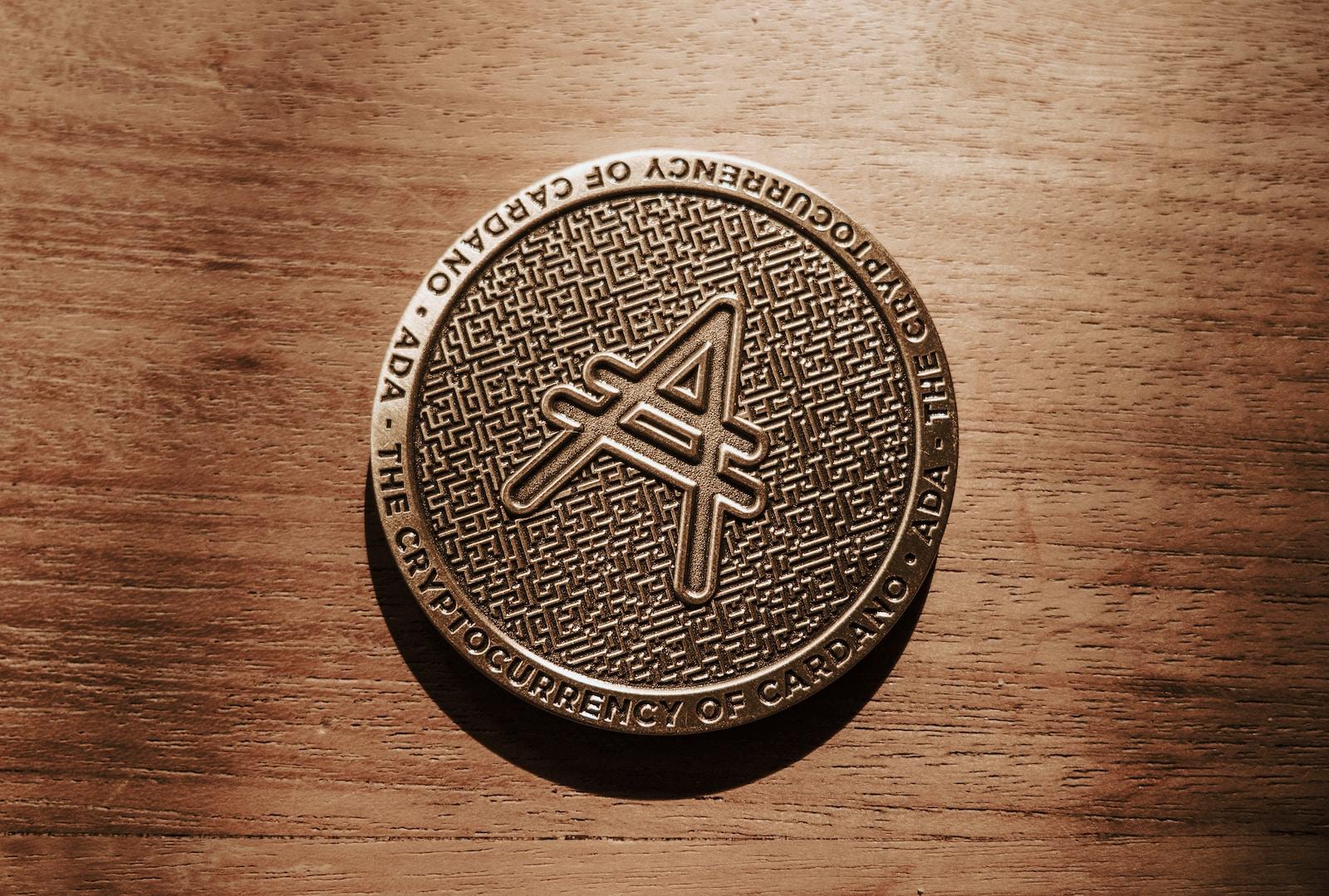Blockchain technology, originally synonymous with cryptocurrencies like Bitcoin, has now become a driving force behind transformative changes in various industries. This blog post aims to provide an in-depth understanding of blockchain, moving beyond its basic concepts, and exploring its potential applications beyond cryptocurrencies. We will delve into its impact on industries such as finance, supply chain management, and healthcare, showcasing the immense value it brings to these sectors.
I. Understanding the Basics of Blockchain
Blockchain technology is a decentralized and transparent system that serves as a distributed ledger. It ensures secure and immutable transactions by utilizing blocks of data linked together in a chronological chain. The core components of blockchain include nodes, miners, consensus algorithms, and smart contracts.
A. Definition and Concept of Blockchain: Blockchain is a digital ledger that records transactions across multiple computers in a network. Each transaction is stored in a block, and these blocks are linked together using cryptographic hashes, forming an unalterable chain of information. The decentralized nature of blockchain removes the need for intermediaries and allows for transparent verification.
B. Key Components of Blockchain:
- Nodes: These are individual computers participating in the blockchain network, storing and validating transactions.
- Miners: Miners are responsible for verifying and adding new transactions to the blockchain through computational power.
- Consensus Algorithms: These algorithms ensure agreement among participants on the validity of transactions and the order in which they are added to the blockchain.
- Smart Contracts: These self-executing contracts are written in code and automatically execute predefined terms when specific conditions are met.
C. Blockchain Security and Immutability: Blockchain ensures security through cryptographic techniques that protect the integrity and confidentiality of transactions. Once a transaction is recorded in a block, it becomes virtually impossible to alter or delete. This immutability and transparency make blockchain highly resistant to fraud and tampering, instilling trust among participants.
II. Beyond Cryptocurrencies: The Potential of Blockchain
While cryptocurrencies were the first successful application of blockchain, its potential extends far beyond digital currencies. Let’s explore some key areas where blockchain technology has made significant strides.
A. Decentralized Finance (DeFi): Blockchain enables the development of decentralized financial services, known as DeFi, which operate without the need for intermediaries. Smart contracts facilitate peer-to-peer transactions, lending, and borrowing, providing financial services to individuals who are underserved by traditional banking systems. Decentralized exchanges, lending platforms, and stablecoins are examples of DeFi applications gaining popularity.
B. Supply Chain Management: Blockchain technology revolutionizes supply chain management by enhancing transparency, traceability, and trust. Through blockchain, stakeholders can verify the provenance and authenticity of products, ensuring ethical sourcing, reducing counterfeiting, and improving quality control. The immutable nature of blockchain provides an auditable record of each step in the supply chain, instilling confidence among consumers.
C. Healthcare and Medical Records: Blockchain has the potential to address the challenges of data management in the healthcare industry. By securely storing and sharing medical records, blockchain ensures privacy, interoperability, and patient consent. It also streamlines clinical trials, drug traceability, and the sharing of research findings. Blockchain empowers patients by giving them control over their health data and enabling precision medicine.
III. Blockchain in Finance: Reinventing the Industry
Blockchain technology is reshaping the financial landscape, disrupting traditional systems and introducing innovative solutions.
A. Streamlining Cross-Border Payments: Blockchain-based payment systems offer faster and more cost-effective cross-border transactions. By eliminating intermediaries and reducing settlement times, blockchain solutions enhance efficiency and lower transaction costs. Stablecoins, pegged to stable assets like fiat currencies, and central bank digital currencies (CBDCs) are gaining traction as digital alternatives to traditional money.
B. Automating Smart Contracts and Insurance: Smart contracts on the blockchain automate and execute contract terms without the need for intermediaries, reducing paperwork and enhancing security. In the insurance industry, blockchain facilitates efficient claims processing, fraud detection, and personalized policies. Blockchain-powered insurance platforms are emerging to streamline operations and improve customer experience.
C. Decentralized Identity and Financial Inclusion: Blockchain enables the creation of decentralized and self-sovereign digital identities, enhancing privacy and security. This technology enables the unbanked population to access financial services, reducing barriers and promoting financial inclusion. Blockchain-based identity solutions empower individuals to control their personal information and establish trust without relying on centralized authorities.
IV. Blockchain in Supply Chain: Revolutionizing Transparency
The integration of blockchain in supply chain management is transforming industries by introducing transparency, efficiency, and trust.
A. Enhancing Supply Chain Visibility: Blockchain provides real-time visibility and traceability across the supply chain. By recording each transaction on an immutable ledger, stakeholders can monitor the movement of goods, verify authenticity, and address issues promptly. This transparency minimizes delays, reduces disputes, and improves overall efficiency.
B. Preventing Counterfeiting and Fraud: Blockchain’s tamper-resistant nature combats counterfeiting and fraud in supply chains. It ensures the integrity of goods by verifying their provenance, preventing the circulation of counterfeit products. Consumers can authenticate products, promoting trust and protecting brand reputation.
C. Improving Efficiency and Sustainability: Blockchain optimizes supply chain processes by streamlining documentation, automating workflows, and eliminating paperwork. It also enables the tracking and monitoring of environmental impact, promoting sustainability and responsible sourcing. Blockchain-based platforms and initiatives are driving innovation and collaboration in sustainable supply chain management.
V. Blockchain in Healthcare: Trust and Interoperability
Blockchain technology offers solutions to critical challenges in the healthcare industry, focusing on secure data management, research integrity, and personalized care.
A. Securing Medical Records and Data: Blockchain ensures the privacy and security of patient data, protecting against data breaches and unauthorized access. It enables patients to control their medical records and share them securely with healthcare providers, improving care coordination and reducing administrative inefficiencies.
B. Streamlining Clinical Trials and Research: Blockchain enhances the integrity and transparency of clinical trials and research. It provides an immutable record of trial data, ensuring its accuracy and preventing fraud. Smart contracts on the blockchain automate consent management and streamline data sharing, leading to more efficient and reliable research outcomes.
C. Enabling Precision Medicine and Personalized Healthcare: Blockchain facilitates the secure storage and sharing of genomic data, enabling personalized treatment and advancing precision medicine. It enhances data interoperability across healthcare systems, empowering patients and healthcare professionals with comprehensive and accurate information for informed decision-making.
Conclusion
Blockchain technology has transcended its origins in cryptocurrencies to become a transformative force across industries. Its decentralized and transparent nature ensures secure transactions, enhances trust, and streamlines processes. Beyond finance, supply chain, and healthcare, blockchain is finding applications in areas like energy, voting systems, intellectual property, and more. As blockchain continues to evolve and mature, its potential for innovation and disruption remains vast, promising a future of increased efficiency, transparency, and empowerment.





